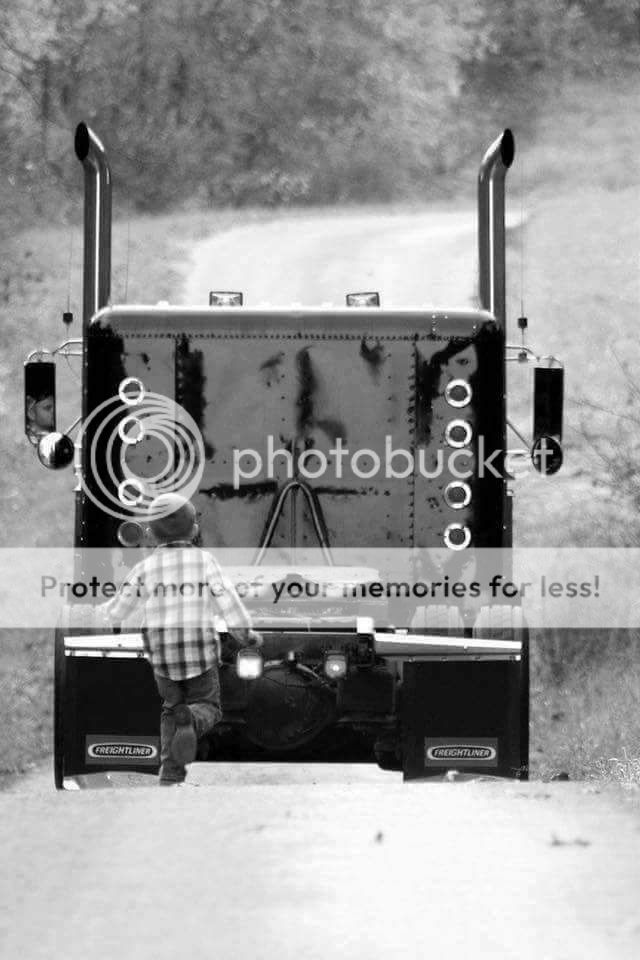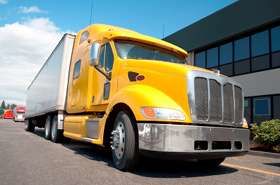Flatbed Laws And Rules
Topic 17309 | Page 1
Welcome Young Gun! Glad you asked. We have exactly what you're looking for. Our High Road Training Program has two sections in it for flatbed and one that covers things like loading cargo, adjusting axle weights, and calculating weight changes when fueling up and during fuel consumption:
-
Truck Weight & Balance is a module I wrote myself. Every driver needs to know this stuff regardless of the freight you haul. It also tends to be materials that the schools spend little or no time teaching.
-
Flatbed Securement has a ton of information on different types of securement devices, methods of securement, how to secure different types of freight, and all of the math involved in calculating how much securement is needed for any given load.
New York State Coil Endorsement
New York State Coil Endorsement is a course you'll need to take in order to haul steel coils in New York. Many OTR flatbed companies require that you get this. If you're going to haul flatbed I would look into getting it before you apply for jobs.
CDL:
Commercial Driver's License (CDL)
A CDL is required to drive any of the following vehicles:
- Any combination of vehicles with a gross combined weight rating (GCWR) of 26,001 or more pounds, providing the gross vehicle weight rating (GVWR) of the vehicle being towed is in excess of 10,000 pounds.
- Any single vehicle with a GVWR of 26,001 or more pounds, or any such vehicle towing another not in excess of 10,000 pounds.
- Any vehicle, regardless of size, designed to transport 16 or more persons, including the driver.
- Any vehicle required by federal regulations to be placarded while transporting hazardous materials.
OTR:
Over The Road
OTR driving normally means you'll be hauling freight to various customers throughout your company's hauling region. It often entails being gone from home for two to three weeks at a time.

Oversize rules vary from state to state. You will need to read them when you get loaded to verify the states you will be traveling through.
For instance, you can run at night up to twelve feet wide in Colorado with flashing lights on the back of the trailer but Wyoming and Montana you can only run up to ten feet wide at night.
Most states you need to flag if over 8'6" but in Montana you don't have to flag until you hit ten feet wide. You do need to flag at night though and light the extremities of the load.

I'm already and otr flatbed driver I just wanted to brush up my knowledge thank you for ur responses
OTR:
Over The Road
OTR driving normally means you'll be hauling freight to various customers throughout your company's hauling region. It often entails being gone from home for two to three weeks at a time.
Sorry for late reply. For a 48ft trailer, load can't be longer than 53ft I believe. No wider than 102 inches. Allowed 4ft overhang on back and 1 ft up front for 48ft trailer.

Sorry for late reply. For a 48ft trailer, load can't be longer than 53ft I believe. No wider than 102 inches. Allowed 4ft overhang on back and 1 ft up front for 48ft trailer.
That's a good rule of thumb, but you should always check your permits and with your permits department. This is a load I carried from CA to WA on my 48 foot trailer. Iron I beams 5 feet 6 inches of over hang off the back of the trailer and 18 inches over the nose of the trailer. No permits were required because of the route. A load of pipe I picked up out of stead NV 52 feet long required permits even though I had 1 foot off the nose, and the rest off the tail. I don't pretend to know the laws on on over hang but if it hangs off the trailer I call the company and talk to permits. I had to get a pilot car for a load in CA because the load was 8 feet 7 inches I needed that car for 2 miles of strait road.
New Reply:
New! Check out our help videos for a better understanding of our forum features

















Preview:








 TT On Facebook
TT On Facebook
What are laws and rules I may not know? Like how much over hang off front and back and sides and anything else I might need to know that's one thing I've learned u need to know a lot and don't be afraid to ask.